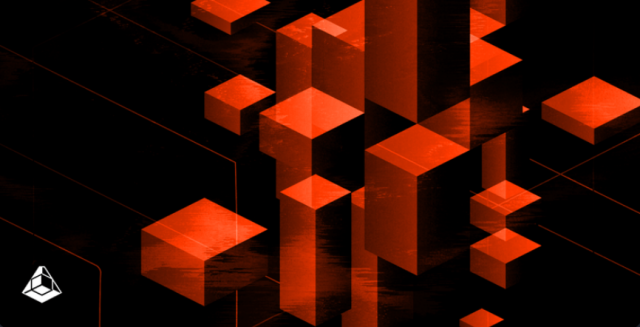
In today's Web3 development environment, choosing the right RPC or indexing service provider is a tricky issue. The infrastructure market is highly fragmented, the API services of various providers vary greatly, and service quality cannot be guaranteed. Lava operates the network as a modular node, dynamically supporting and extending demand chains and APIs, and the protocol seamlessly routes your requests to the best available nodes. This article will introduce the advantages of Lava and its application in Web3 applications.
Lava’s modular architecture
Lava is a modular node operation network that can dynamically support and expand demand chains and APIs. The Lava protocol is able to seamlessly route your requests to the best available node. Today, Lava's first service module is RPC, and the network supports more than 30 chains. In the future, modules such as subgraphs, oracles, and MEV-resistant APIs can be added without permission.
How the Lava protocol works
The operation of the Lava protocol can be divided into the following steps:
Consumers retrieve a paired list of the best available providers from the Lava blockchain: these providers are selected based on parameters such as the provider’s staking, geographic location, and service quality.
The consumer sends the request off-chain, peer-to-peer to the provider.
Providers implement specifications that define the API, and these specifications exist as JSON files. Specifications can be added to Lava as permissionless modules, making Lava a dynamic base layer for building and accessing any blockchain.
Providers request payment from the Lava blockchain by viewing aggregated transactions cryptographically signed by consumers.
If the Lava blockchain goes down, consumers can still get services from providers on the last received match list, and providers will be able to request payment once the blockchain is back up and running.
Application scenarios of Lava
Lava's goal is to provide the best infrastructure for the ecosystem so that developers and users can get started smoothly. We started with Cosmos, working with Evmos and Axelar to stabilize their public endpoints and achieve over 500 million relays with 100% availability within months of Lava's launch. We also work with L2s like Starknet to align with their vision of Ethereum scaling and decentralized infrastructure. For L1s like NEAR, we also offer their developers a scalable free service to quickly consolidate their disparate endpoints into a single RPC URL powered by Lava. Finally, we plan to double down on our support for the modular ecosystem, integrating Celestia RPC and future modular rollups.
Emerging ecosystem of support
As Lava expands with Web3, we aim to support emerging ecosystems as well as today’s most popular ones:
L2 on Ethereum: such as Arbitrum, Starknet, Polygon, Base, Optimism
Modular projects based on Celestia: such as Hyperlane, Astria
Application chains in Cosmos: such as Osmosis, Evmos, Axelar, Berachain, Juno, etc.
Alt-L1: Such as Solana, Aptos, Avalanche: If you are interested in using Lava to support public RPC for your blockchain or rollup, please contact our team.
Lava's partners
We are working with dapps, node providers and the ecosystem to prepare for the upcoming mainnet. Lava's goal is to provide the best infrastructure to help the ecosystem attract developers and users. Our partners include:
Evmos and Axelar: Stabilizing public endpoints in the Cosmos ecosystem.
Starknet: Supporting its vision of scaling Ethereum and decentralized infrastructure.
NEAR: Provides its developers with free, scalable services to integrate disparate endpoints.
Why choose Lava? There are several reasons to choose Lava as your RPC or indexing service provider:
High Availability: Lava achieved over 500 million relays within months of launch with 100% availability.
Modular architecture: Lava's modular architecture enables it to dynamically support and extend demand chains and APIs.
Permission-free module addition: In the future, modules such as subgraphs, oracles, and MEV-resistant APIs can be added without permission.
Extensive Partners: Lava works with multiple dapps, node providers, and ecosystems in preparation for the upcoming mainnet.
in conclusion
Lava, as a modular node operation network, provides the best infrastructure for Web3 applications. Its high availability, modular architecture and wide range of partners make it an ideal choice for developers and users. If you are interested in using Lava to support public RPC for your blockchain or rollup, please contact our team.
The future of Lava is full of possibilities, and we look forward to working with more ecosystems and contributing to the development of Web3.